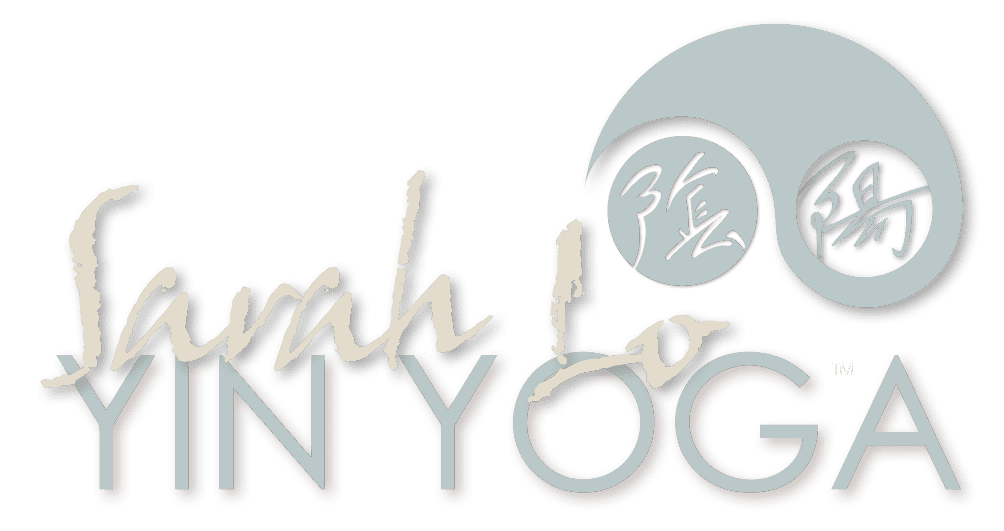How does Yin Yoga regulate the nervous system?
Negative ions are nature’s free gift to us in the atmosphere. They are abundantly present in sea air, woods as well as in moisture rich air after rainfall. They can also be produced electronically through air filters that enhance the ions. Negative ions improve serotonin levels, the key hormone which promotes a mood shift enabling us to switch off and relax without effort. When the body is relaxed, we sleep better, our mood shifts, we feel better and anxiety levels fall.
Recently on holiday by the sea, I would fall asleep in the afternoons and put it down to having eaten an enjoyable lunch or because the sun was shining. But it kept happening regardless of how much I’d eaten or how well I’d slept the previous night. And then I remembered that old saying ‘it’s in the air’. How we easily forget what’s available to us freely in nature.
In Yin Yoga, we are aiming to induce the relaxation response in other ways. By encouraging a relaxed and free breath in optimal Yin postures we enable energy or Qi to flow into the deep tissues of the body through the fascial network. The effect of doing this in tandem with fresh circulation of natural air qi is powerful. The question of what temperature is best for our tissues to practice at becomes a mute point since we all live in different climates and we naturally arrive at a practice cooler in the winter months and warmer in the summer months. When we have elevated serotonin levels, we naturally have more usable energy to draw from. This is sometimes referred to as our ‘Jing’ or pre natal essence in Chinese Medicine which we can boost post natally through our ‘best practices’ such as eating optimal food for our constitution, having sufficient rest and exercise to renew and mobilise qi.
Yin yoga works in a completely different way by mobilising qi through the deeper subtle energy pathways of the body. There has been interesting research correlating meridian pathways to the pathways between the fascial planes. It takes time to stimulate the deep synovial fluids surrounding joints which do not respond well to jolts or shock. This would cause nerves surrounding the ligamentous tissues to react with sharp more shooting like pain through an immediate signal to the brain but by then it’s often too late and we might well end up with a tear, micro tear or a localised pain that doesn’t go away easily. Yin yoga allows us to slowly get to know our limits and range of motion and to access these deeper tissues and energy pathways in a safe way because we allow our nervous system time to adapt to new positions through our interoception and appropriate response to what we feel. When our nerves have adapted to new shapes, the tissues relax and we have begun the process of moving into parasympathetic response.
In Level 2 Yin Yoga Teacher Training the science behind the behaviour of fascia and the soft tissue network is taught as well as how meridian energy of the Yin Yang organ pairs moves through this 3dimensional matrix. In fact we study both through easy to visualise 3 dimensional videos which facilitates the understanding of Chinese Medicine and Fascia in a much clearer way. The Mindfulness focus is continued through daily Meditation with developing psychological enquiry practices.
None of the new 60 hour Level 2 material was able to be presented pre pandemic and it’s because of being online that technology has enabled 3 dimensional models to be seen close up and that we can now be taught in small groups with individual attention to each practitioner.
The new regulations with Yoga Alliance have approved trainings online for Continuing Education Credits as Advanced courses and equal to live in person trainings. In fact there are more hours provided through both pre recorded lectures as well as access to the live recordings if you are to miss any of the live sessions and more individual attention.
Any questions on this course or any others, please do email me, I’d love to have you on this new course while it remains online.

